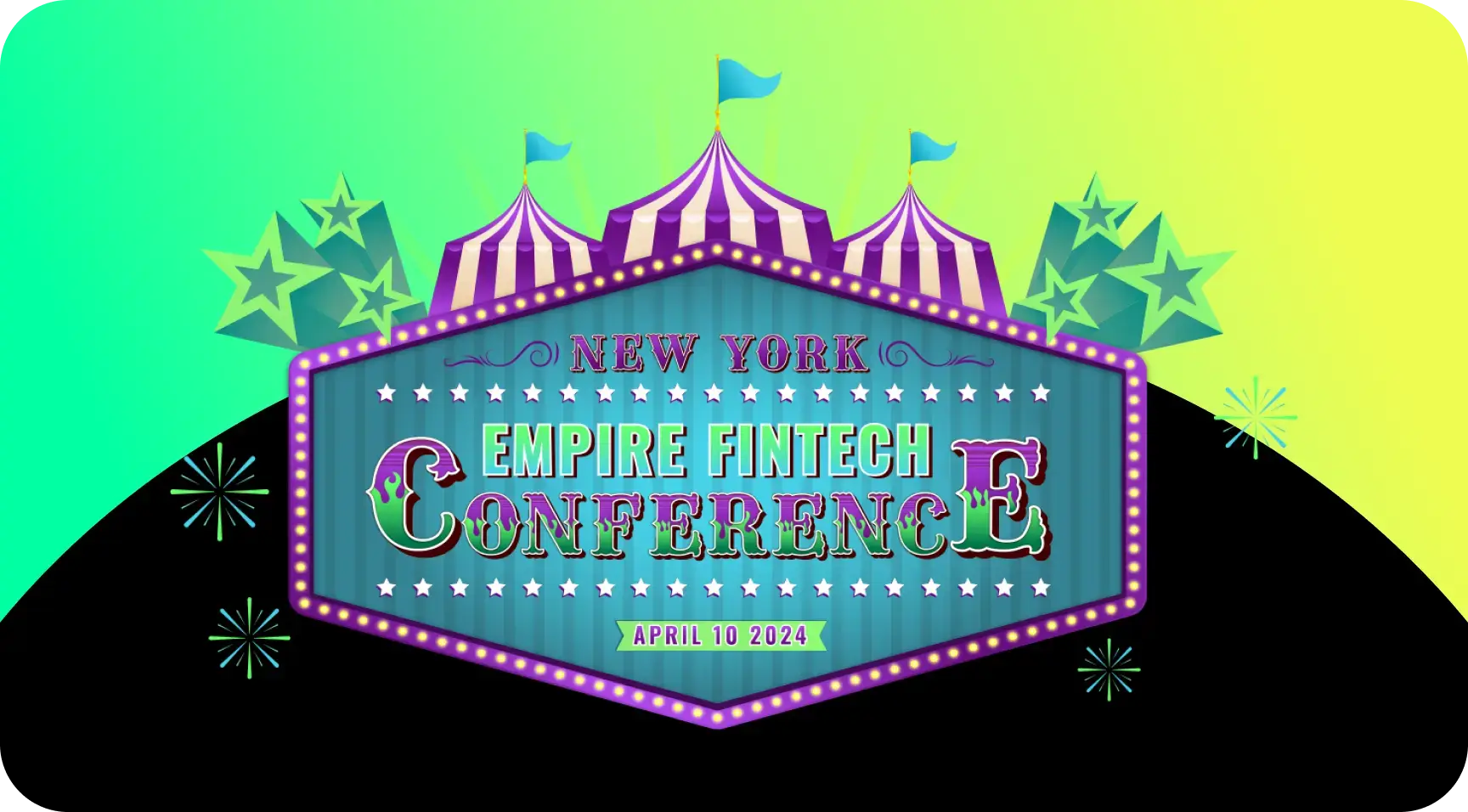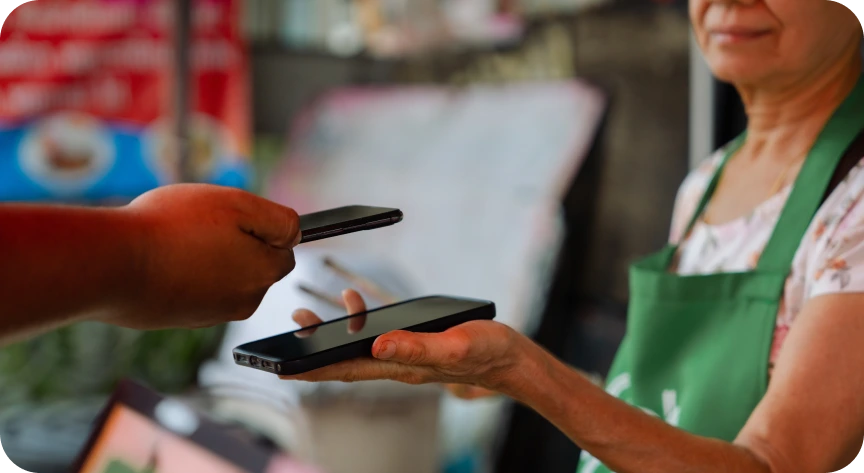What is an incentive program?
An employee incentive program is one of the methods businesses use to engage their employees and create better business outcomes. Incentive programs work by recognizing performance, highlighting accomplishments, and rewarding behaviors that lead to better business outcomes.
Incentive programs work by engaging the principles of positive psychology. Giving gifts and recognizing achievement in your staff encourages them to continue making strides on behalf of the company. It also creates feelings of connection between your employee and the organization and improves cohesion within your departments and teams.
Why do incentive programs work?
Investing in employee incentive programs for your employees ensures that they will continue to have the most positive experience in the workplace and the business and continue to rely on employee performance improvements and healthy productivity. While the returns on employee incentives can be hard to quantify, the overall effect on the business and its interest is undeniable.
Today we will explore some examples of incentive programs in action. We will also dive deeper into the types of rewards that work best for engaging employees and talk about how technology can make running incentive programs much easier.
Examples of incentive programs
There are many types of incentives you can use to recognize and report your best employees and teams. Each of these examples of incentive programs motivates specific types of behavior and can be tailored to improve the results of any employer goal.
Performance incentives
When people think of financial incentive programs, one of the first examples that come to mind is performance incentives. These may be individual incentives given for hitting pre-established metrics. It may also reward overall business performance. For instance, the company may reward staff members when it hits a specific milestone for revenue figures. This type of recognition acknowledges that every employee contributes to the business's success and its mission.
Sales goal bonuses
This is another common incentive program. Often, sales teams derive their compensation directly from sales numbers or performance metrics such as closed Dash one or new business. The company may also choose to recognize performance that goes above and beyond Required quotas or figures. They may offer reach bonuses to incentivize employees to produce results above those required to meet organizational goals.
Customer service incentives
Companies that recognize the value CSM teams bring to the organization increasingly focus on rewarding behaviors that improve customer service outcomes. Like sales incentives derived from specific performance figures, companies may choose to incentivize their customer service teams through service-based metrics like time to resolution, post-action satisfaction scores, and customer service experience ratings. While this type of incentive does not directly affect topline revenue, it can significantly impact by reducing churn and extending customer lifetime value (CLV).
Referral Programs
Referral programs reward employees for bringing resources into the organization. One common form of referral bonus is a reward for recommending a successful job candidate to an open position. Many times, candidates that are referred by internal stakeholders bring more value and productivity to the human resources process and the organization. They represent a known quantity and come into the business with a pre-established level of rapport.
Spot bonuses
It’s good practice for department heads and managers to create informal touch points within their teams. A spontaneous employee bonus is an easy way to recognize the individual contributions of an employee and reward that behavior with a monetary or tangible gift. Because spot bonuses are spontaneous and usually given in a one-to-one setting, they tend to have a positive and valuable impact.
Project bonuses
When your team completes a goal or project that has required prolonged focus and time investment, recognizing the conclusion of that project with an employee incentive or a gift can pay dividends. These gifts and recognition can bring teams together after periods of challenge and make each feel recognized for the accomplishments of the group as a whole.
Merit-based incentives
Merit-based incentives such as time of service awards recognize the individual contributions that go into making an organization great. These incentives allow every employee to feel valued and seen as an essential contributor to the organization.
Wellness programs
Though performance-based incentives get most of the attention, doing things to promote employee health and wellness can also have a broad, positive impact on your organization. Leading up to the pandemic and beyond, companies interested in expanding their recruitment and brand reputation began incorporating employee wellness incentives into their compensation packages.
These incentives may include memberships to local gyms, discounts or stipends for wellness-related products and services like acupuncture and yoga, and even incentives to create wellness at home via fitness programs and online streaming health programming. Promoting the wellness of your organization can help employees manage stress and lead healthier lives. In turn, they are more productive and happier on the job.
Travel incentives
Travel is one area of employee incentive getting renewed attention after long periods of stay-at-home orders and curtailed travel. Incentive travel is highly motivating and serves as a highly visible form of recognition. Often employees traveling on a company-sponsored bonus trip will post about their experiences on social media, which can have great ROI in brand recognition and recruitment.
Benefits of having incentive programs
Incentive programs offer many benefits both to the individual recipient and the organization offering the incentives. Some of these effects are direct in the form of improved performance. Others are more subtle but no less valuable to company objectives. Creating multiple incentive programs to celebrate achievements, reward exemplary service, create desired behavior, and foster positive company culture will ensure that everyone in the organization feels the love.
Some of the most impactful benefits of creating employee incentive programs for your organization include:
Better performance metrics: These are the most direct and measurable results of creating incentive programs. When you tie a monetary incentive to a specific KPI or desired outcome, you can quantify its effect on your outcomes. Designing a thoughtfully constructed employee incentive program makes it easier to tie offered benefits and incentives to their associated success metrics.
Higher sales: companies that incentivize their sales team with direct monetary and tangible gifts see higher overall sales numbers than companies that don’t. Creating multiple programs for baseline quotas and “reach” goals may more effectively Drive the sales organization’s efforts.
More referrals: if recruitment is an organizational goal, making referrals worth your employee's time is the best way to ensure they spread the word when new positions become available. These referral bonuses should be generous, consistent, and instant. Instant gratification (made possible by digital delivery) is directly tied to the effectiveness of offering an incentive in return for referrals.
Lower turnover: Satisfied employees are more productive tend to stay with a company longer than their less engaged counterparts. One important component of employee satisfaction is for the organization to go beyond the basics of salary and insurance benefits. When companies overdeliver employee recognition, the numbers speak for themselves in terms of increased tenure.
Better employee engagement: Incentive plan programs give employees a reason to engage with their organization outside their expected job description. When employees feel appreciated for their increased support of company goals, they are more inclined to perpetuate success by going the extra mile.
Increased employee morale: incentives are also a great way to keep the team moving toward goals even when the going gets tough. Although it can be tempting to cut nonessential programs during lean economic times, it’s important to remember that those same employees going through lean times well respond enthusiastically when their company takes care of them through the rough patches. Maintaining incentive programs through downturns or challenges can greatly increase employee loyalty during these times.
Better teamwork: Teams perform better when they believe they are working cohesively toward a shared goal. Incentive programs that recognize teams, therefore, increase the productivity and teamwork required to take on big projects.
Happier employees: Employee happiness might be difficult to quantify, but its effects can be seen in every facet of the business. Companies that offer generous and varied employee incentive programs often enjoy the “soft” employee benefit of a happier workforce that is more productive and collaborative. Genuine happiness and positivity lead to positive outcomes.
Improved brand reputation: In an increasingly social world, brand reputation is a delicate but vital Part of an overall marketing strategy. Incentive programs tend to generate positive chatter, improving other programs like recruitment, retention, and consumer brand sentiment.
Better customer experience: Engaged and happy employees often result in happier clients. While employee incentive programs do not directly affect customer experience like external incentives, they improve the customer experience.
Ready to get started with your incentive program? Let us show you how, with a free demo.
How to design a winning incentive program for your company
What makes a good incentive program? It depends on what you want it to accomplish. Building a successful incentive program requires a strategic plan to achieve your aims. To get started, ask yourself some questions to guide your planning process:
- What is the purpose of the program? What are my desired outcomes for incentives?
- How many employees will I need to send to?
- Where do these employees work and live? Are they local or international?
- What is the budget for my incentive scheme?
- Is there an individual rewards value I am trying to achieve within the program?
- What employees are likely to qualify for the program as it is designed?
- How long with this program function, and how will we know when objectives are achieved?
- Is there additional information that could help target the desired outcomes of the program?
Based on the answers to the above questions, you may put certain parameters in place for verifying and fulfilling your employee incentive program rewards. You may also identify information to guide the curation of your available awards (if you will be offering options). These questions can help you establish a functional budget for the program, and a timeline for its implementation and completion. It can also help you successfully promote the program to the right people in order to drive success.
Components of a good incentive program
No matter what the purpose of your incentive program, all successful programs share the following common characteristics in their reward structures:
Social recognition: Be sure to promote your programs and highlight participants to maximize the effectiveness of your incentive payments. This pairs non monetary incentives (recognition and appreciation) with a cash reward or other employee benefit. Non monetary incentives are nice, but their effectiveness skyrockets when paired with tangible monetary rewards.
Inclusive rewards: Offer incentive rewards that are useful and desirable to a wide range of employees. Consider incentives that delight participants of all ages, life stages, interests, and social backgrounds.
Instant gratification: Make your incentives more impactful by creating instant surprise and delight. While points-based systems can be beneficial in some contacts, when incentivizing behaviors for performance, the results will be much better if recipients have instant access to their rewards.
Gift variety: No matter the reason for your incentive program, include plenty of variety in the rewards available to recipients. Variety is the spice of life. Adding variety to your program rewards improves the perception of your programs for your most important audience - employees.
Personalization: General forms of incentives may have some positive impact, but personalization greatly increases the potential of your programs to impact recipients. Find ways to personalize the experience at scale and make each employee feel an individual will be recognized and appreciated even for large-scale employee incentive programs.
Employee input: The best source for information about a successful incentive program can be found right in front of you. Employee participation in surveys can offer valuable feedback and specific ways to improve your programs.
Why gift cards are great for your incentive program
Gift cards offer the ultimate in flexibility and employee satisfaction as a reward option for incentive programs. Employees and companies alike love gift cards as a reward option. They are:
Quick to send: Sending digital gift cards can be as easy as uploading a list and making a few selections to create a program. With the right platform, you can send thousands of gift cards simultaneously While maintaining a highly personalized experience for each recipient.
Easy to administer: Gift card programs are easy to administer. They do not require manual labor and can be designed and implemented by a single user with access to a few key pieces of information through online services. With a gift card platform, you can also designate multiple users to design and deliver incentive programs.
Globally recognized: Gift cards are used worldwide to quickly and safely transfer value to recipients. Unlike traditional bonuses for physical gifts, gift cards offer a defined value to the recipient.
Universally liked: Nearly everybody likes receiving gift cards. A survey of employees showed that over 88% of recipients prefer to receive incentives and rewards in a gift card. Because of their wide acceptance and high satisfaction rates, gift cards make an excellent incentive reward for almost any occasion.
Personalized: Gift cards offer virtually endless variety and flexibility. They can be offered in any amount, from a $5 coffee gift card up to a multi-thousand-dollar gift card good for incentive travel or general use. Gift cards allow you to personalize the gift based on the program, the recipient, and the size of the rewards you’re looking to offer.
Flexible: All the above factors make gift cards a highly flexible reward for use in employee incentive programs. Gift cards can be used across your organization and are easy to deliver to distributed teams and different departments.
Data-rich: When you offer gift cards as an incentive through a platform, you open the possibility of robust data potential. You can analyze the time to acceptance or fulfillment, compare types of cards selected in curated catalogs, and use the data to understand your participants better and fine-tune your rewards program.
Low overhead: Because gift cards can be delivered digitally, there is virtually no overhead associated with using them as an incentive reward. Unlike other rewards like swag, gift baskets, food gifts, or clothing, there are no associated packaging and shipping costs beyond your platform subscription fees. In some cases, you can even send gift cards for face value with no additional activation or processing fees.
High ROI: With a gift card program, every dollar of your program budget goes directly to your recipients. When you avoid overhead costs, you maximize the value and return from your incentive programs.
The top five ways to maximize your incentive programs with Runa
While many options exist for administering a gift card program, Runa offers many best-in-class features and capabilities that work for companies of all sizes.
Robust Platform: The Runa platform offers a full suite of features, including seamless integrations with other financial and marketing systems and flexible incentive program workflows.
Full Reporting: Runa designed the platform to offer full visibility into the most important data generated from your programs. Using onboard visualization and reporting tools, you can understand the outcome of your incentive programs and use data-driven decisions to improve future giving.
Thousands of partners: The Runa platform gives users access to thousands of global gift card partners. Recipients can select gifts curated from the largest selection of gift cards in the world.
Global options: Runa focuses on domestic and international brand partners; they give everyone from small business to multinational corporations complete access to the top brands and retailers, so participants can find the perfect gift wherever they call home.
Balance recapture: One distinct advantage of using Runa is the ability to recapture the unused balances for gift cards issued through the system. With the average gift card retaining up to 30% of its face value, the ability to capture leftover from unused balances is a great opportunity zone and has a dramatic impact on the optimization of your programs.
Ready to add gift cards as the reward of choice for your incentive programs? Let us show you how, with a free demo.






